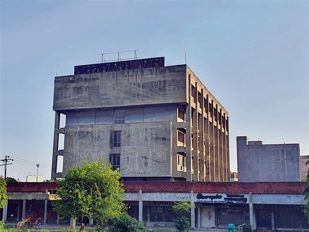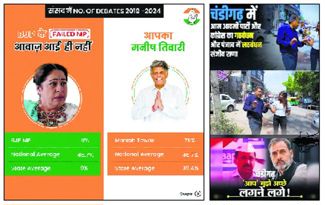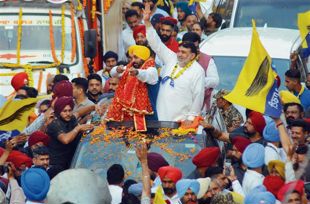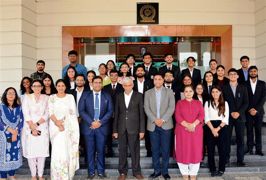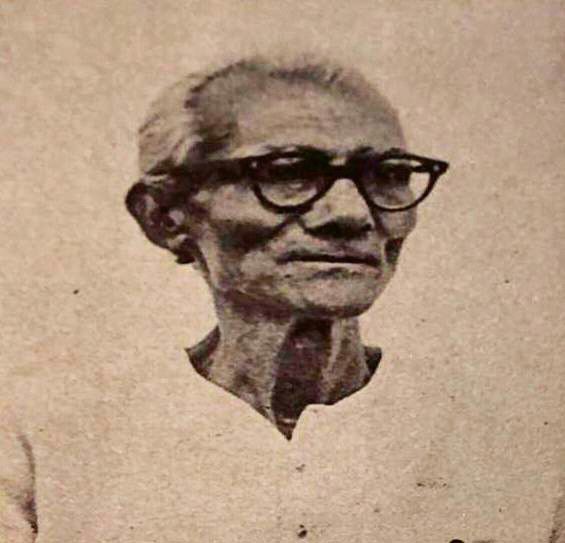
AS a conscientious artist-draftsman, Gobardhan Ash (1907-1996) was deeply affected by the suffering of people around him. Photos courtesy: Prinseps
Shireen Quadri
AS a conscientious artist-draftsman, Gobardhan Ash (1907-1996) was deeply affected by the suffering of people around him. In his works, he would invariably portray poverty, hunger and deprivation. An early Modernist, he responded to the zeitgeist in his portraits and figures. They are imbued with pathos and steeped in his characteristic cognitive empathy.
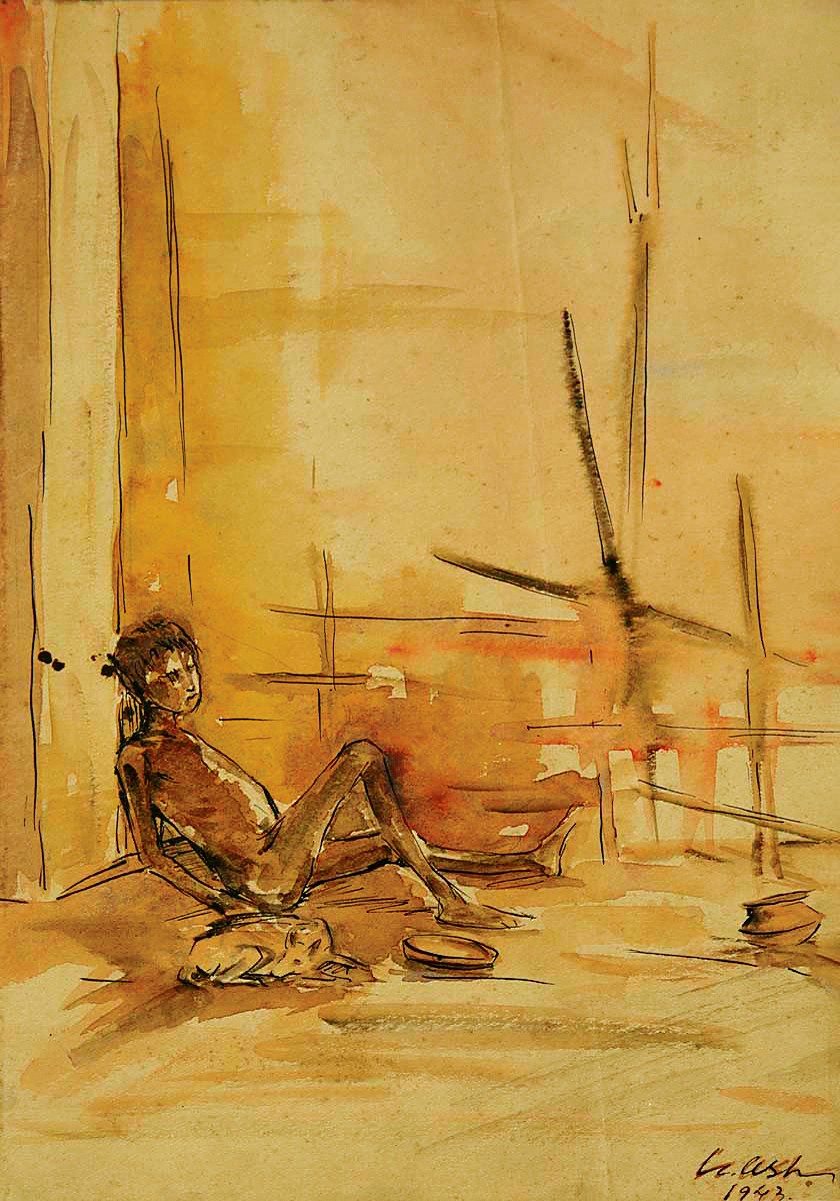
“As someone who began by breaking out of the stereotypic, traditional British school of art, Ash was always conscious of his work and the message he hoped to deliver through it,” says Brijeshwari Kumari Gohil, who has curated a retrospective along with Harsharan Bakshi.
‘The Prinseps Exhibition: Gobardhan Ash Retrospective’, being held at the Kolkata Centre for Creativity (KCC), brings together more than 100 artworks spanning four decades of his artistic journey — from 1929 to 1969. It has been jointly organised by Mumbai-based luxury auction house Prinseps and KCC.
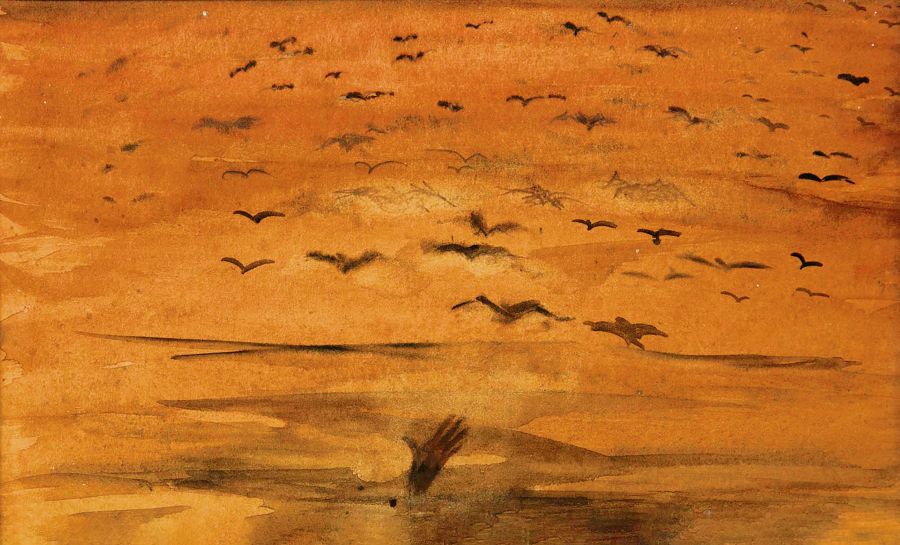
Born in 1907 into a humble family in West Bengal’s Begampur, Ash trained at the Government College of Art in Calcutta from 1926-30, and then at the Madras School of Art (under the mentorship of the painter-sculptor Devi Prasad Roy Chowdhury). In December 1932, he returned to Calcutta to pursue his career as a full-fledged artist.
Ash’s commitment to social realism became pronounced in the 1930s when he’d walk around with a sketchbook, documenting the realities of everyday life and its struggles. The Art Rebel Centre, which he founded in 1933, was one of the first organised attempts to counter the ideology of the Bengal School of Art. When the famine hit Bengal in 1943, he awakened to his artistic duty to represent the endless misery of people in a series of stark works in light washes of earthy brown tones. “The 1930s-1940s were his prime years as an artist. With the Young Artists’ Union and The Art Rebel Centre, he paved the way for Modernism in India,” says Gohil.
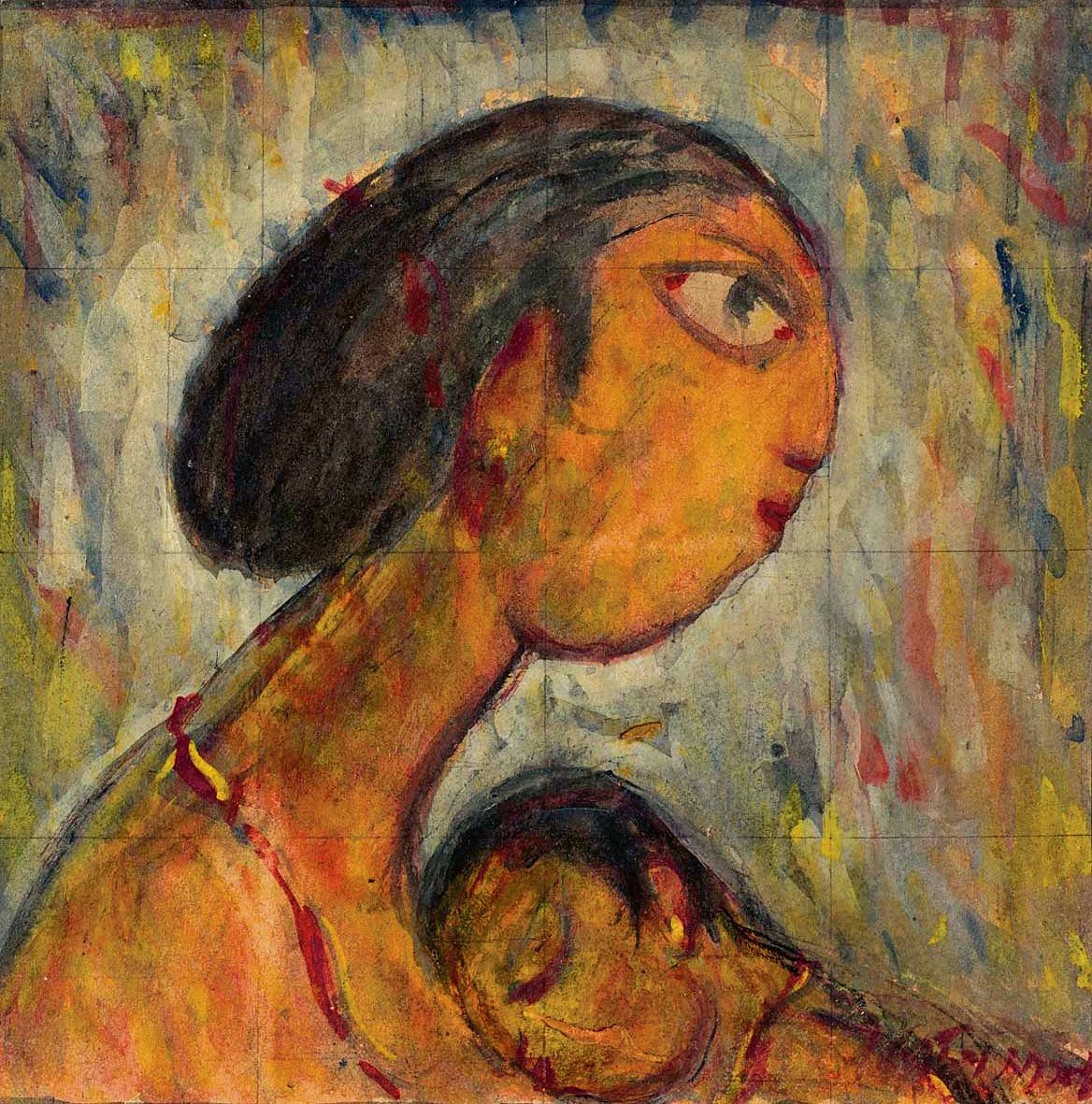
According to Indrajit Chatterjee, founder-director of Prinseps, while Ash’s ‘genius’ period was the 1940s, little has come by way of exhibition after the 1960s. So, while he remains important in the study of Modernism in India, he has been ignored commercially as the 1930s-40s are not the utmost on art collectors’ minds. “His creativity and the time period make his work very collectible,” he says.
Though he was quite prolific, Ash remained reclusive, especially in the later years of his life. While his style skirted Primitivism, Pointillism, Expressionism and folk art, Ash worked in a variety of mediums, including gouche, board, watercolour, tempera, acrylic and oil. “We also highlight his mastery of the cross-hatching technique in his self-portraits. His profound connection to nature is exemplified in the serene landscapes of Bengal. The avant-garde ‘Avatar’ series, which he began in the late 1940s, sparked dialogue and experimentation in the art world. And while we are showcasing four decades, we give the 1940s the imperative attention they deserve in his artistic trajectory,” asserts Gohil.
“It was a time when there was an essence of individualistic paths being forged, creative realms being explored and political power being translated into art. All this contributed to Ash’s art, making him a visionary artist of the time,” she adds.
Ash’s other works include the painting of a gypsy mother clutching her newborn tight to her chest, and tired farmers toiling in the fields. Like two of his contemporaries, Chittaprosad Bhattacharya and Somnath Hore, Ash shines light on an era of darkness. By dabbing his canvas with the life around him, he sparked a new trend of social realism in the country at a time when Indian art was in flux. What made Ash interesting, says Chatterjee, is that he rebelled against the teaching practices at the Government College of Art in Calcutta, which was at that time being run by a protégé of Rabindranath Tagore (Mukul Dey).
“Bengal School was a very specific art movement. Unfortunately, today, this phrase is broadly used to define artists from Bengal, which is totally incorrect,” adds Chatterjee. Like the digital booklet that is being published to mark the occasion, the retrospective promises to be the catalogue raisonné for an important period in the artistic journey of a forgotten artist.
— On till April 21
Join Whatsapp Channel of The Tribune for latest updates.





















